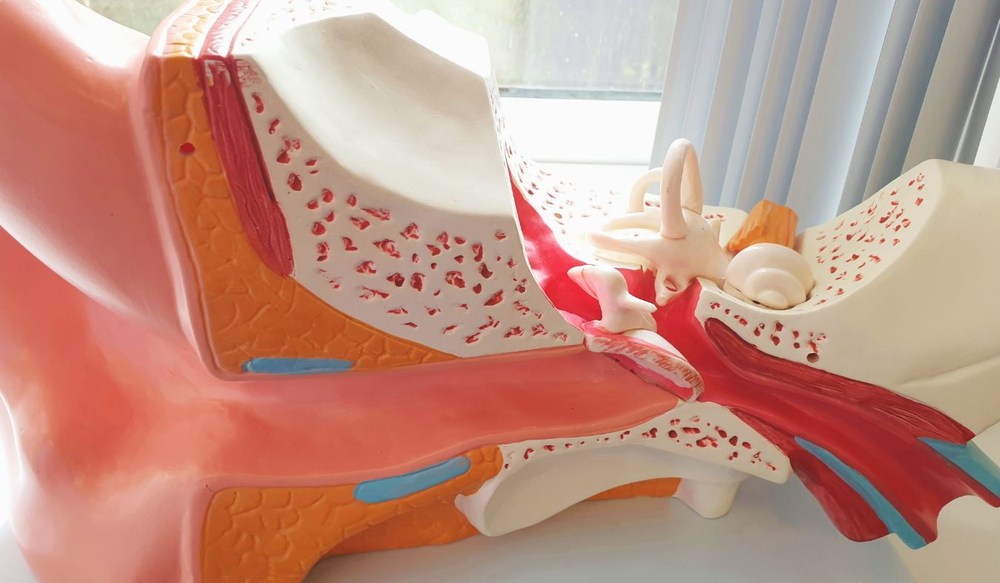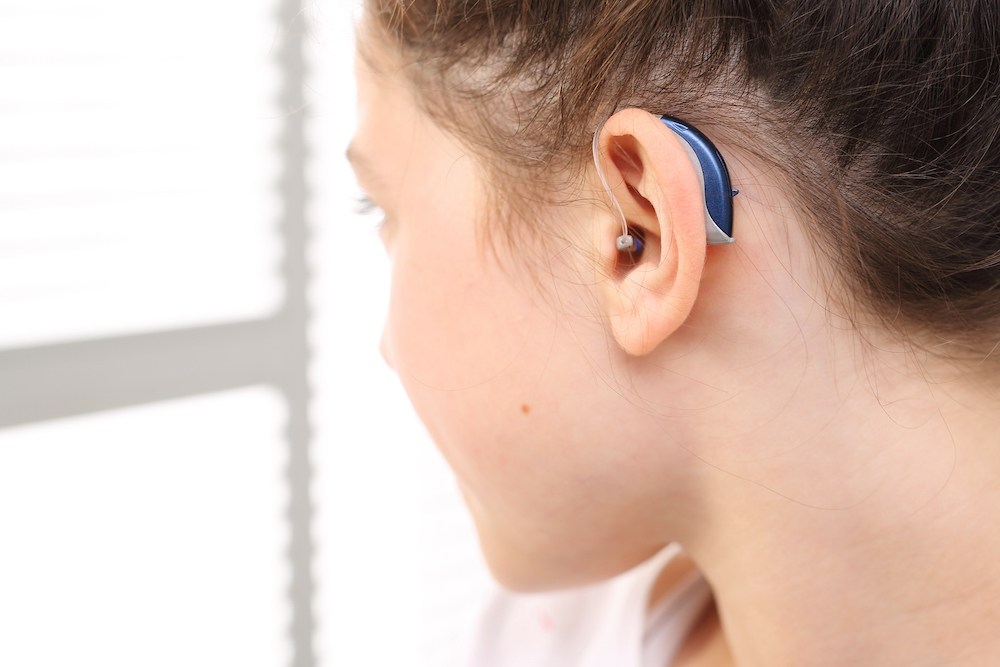How to Maintain Ear Health While Traveling
Travel takes you to new places, exciting experiences and unexpected


Travel takes you to new places, exciting experiences and unexpected

Winter brings its own set of challenges when you wear hearing aids. As

Adjusting to hearing difficulties can be a complex and personal process.